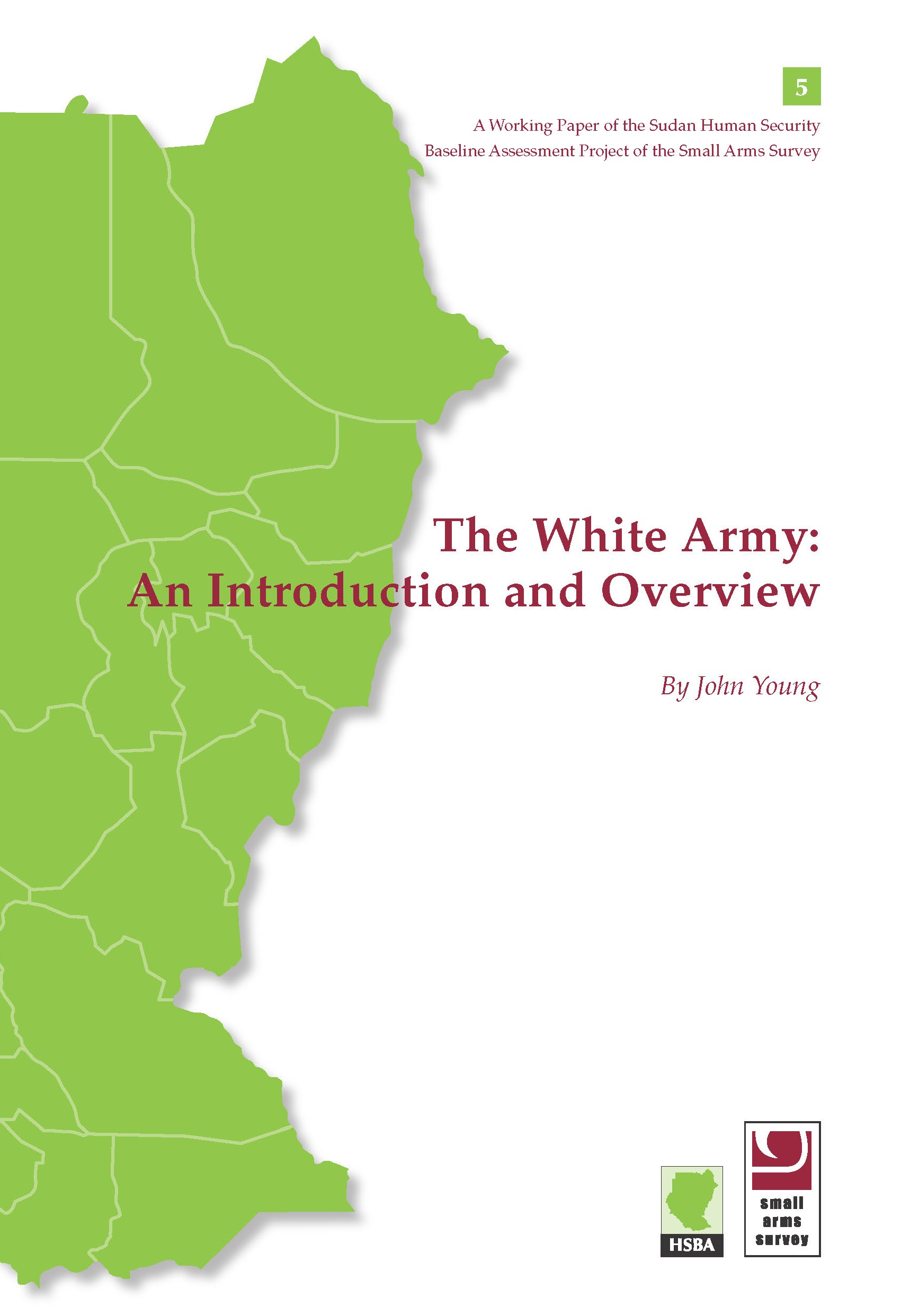
The White Army: An Introduction and Overview (HSBA Working Paper 5)
The economy and culture of the Nilotic people of southern Sudan are based on cattle. Protecting that precious asset is a central concern, particularly among youth in the cattle camps. With the intensification of the southern civil war in the early 1990s, the youth of Nuerland began acquiring large numbers of modern small arms and light weapons, which allowed them to protect community property and obtain cattle and other goods from their neighbours. Another consequence of arms acquisition was the youth’s increasing involvement in broader SouthSouth and NorthSouth conflicts. As a result, cattle camps were transformed into a ‘white army’ that was generally aligned with the Khartoum government via the forces of Dr Riek Machar, which had broken from Dr John Garang’s mainline SPLM/A in 1991. This phenomenon was felt most strongly among the Lou Nuer of central Upper Nile, whose limited access to grazing lands forced them to regularly move their cattle into the lands of their neighbours. After the signing of the Comprehensive Peace Agreement on 9 January 2005, the SPLM/A’s need to eliminate competing armed groups set the stage for a struggle for dominance in central Upper Nile from December 2005–May 2006. The result was the destruction of the white army resulting in the loss of many lives, the destitution of the community, and the breakdown of civil order and traditional authority in Nuerland.